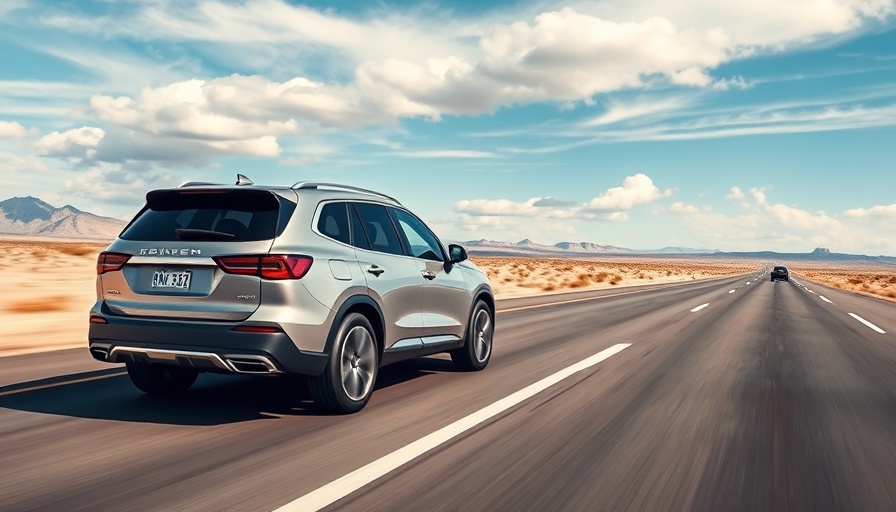
Jeep Wagoneer vs. Chevrolet Tahoe: A Showdown of Full-Size SUVs
The automotive landscape is witnessing an exciting clash between two giants—the 2025 Jeep Wagoneer and the Chevrolet Tahoe. While these SUVs are renowned for their spacious interiors and towing capabilities, they cater to different needs and preferences among drivers.
Performance Powerhouses: Comparing Specs and Features
The Jeep Wagoneer boasts a powerful twin-turbocharged 3.0-liter inline-6 engine generating 420 hp and 486 lb-ft of torque, while the Chevrolet Tahoe offers a choice between three engines, including its formidable 6.2-liter V8, which provides the same horsepower but less torque at 460 lb-ft. However, the Tahoe’s base V8 engine has a tow rating of 8,400 pounds, besting the Wagoneer’s 6,120-pound capacity when both vehicles are equipped with rear-wheel drive.
For those looking into fuel efficiency, the Tahoe shines, particularly with its 3.0-liter turbodiesel option, which achieves an impressive 21 mpg in the city and 28 mpg on the highway. The Wagoneer, on the other hand, rates at 17 mpg city and 24 mpg highway with its standard inline-6 engine. This efficiency may appeal to families seeking lower running costs over time.
Interior Comfort and Cargo Space: A Focus on Family Needs
When it comes to interior space, the Wagoneer excels, providing 36.6 inches of rear legroom compared to the Tahoe’s 34.9 inches. Both SUVs comfortably seat up to eight passengers, but the Wagoneer offers slightly more cargo room with 27.4 cubic feet behind its third row versus the Tahoe’s 25.5 cubic feet when the seats are up.
However, the Tahoe's cargo capacity grows significantly, offering a total of 122.9 cubic feet when both the second and third rows are folded, compared to the Wagoneer’s 116.7 cubic feet. This difference is critical for families needing ample room for travel gear or activities.
Tech and Safety: Enhancements for Peace of Mind
Both models come equipped with modern technology and safety features. The Tahoe is equipped with a larger 17.7-inch touchscreen, while the Wagoneer features an array of infotainment options, including an available 45-inch screen setup. Notably, both SUVs include standard automatic emergency braking, but the Tahoe offers a host of driver-assist technologies that can help during highway trips.
In testing, the Wagoneer has received a mixed crash-test record, achieving a Marginal rating in key areas, while the Tahoe, despite its sophisticated technology, has posted lower scores in IIHS crash tests. This aspect may influence buyers prioritizing safety features.
Pricing Considerations: Value vs. Features
Pricing is often a decisive factor among full-size SUV buyers. The base Chevrolet Tahoe starts at around $60,000, slightly cheaper than the starting price of the Wagoneer at approximately $61,000. While the Wagoneer comes with more luxury features standard, buyers may prefer the Tahoe for its better overall value.
When evaluating these SUVs, it’s essential to balance the added features and space of the Wagoneer against the Tahoe’s cost-effectiveness and robust performance offerings.
Which SUV is Right for You?
Ultimately, the winner in this battle can depend on individual needs. The Wagoneer presents a luxurious feel and superior interior space, making it ideal for large families or those desiring extra comfort. Conversely, the Tahoe excels in speed, towing capacity, and fuel efficiency, catering to buyers focusing on performance and practicality.
If you’re in the market for a full-size SUV, take the time to test drive both models and see which one meets your lifestyle needs best. Investigate further details on specifications and reviews to make an informed decision.
 Add Row
Add Row  Add
Add 




 Add Row
Add Row  Add
Add 

Write A Comment